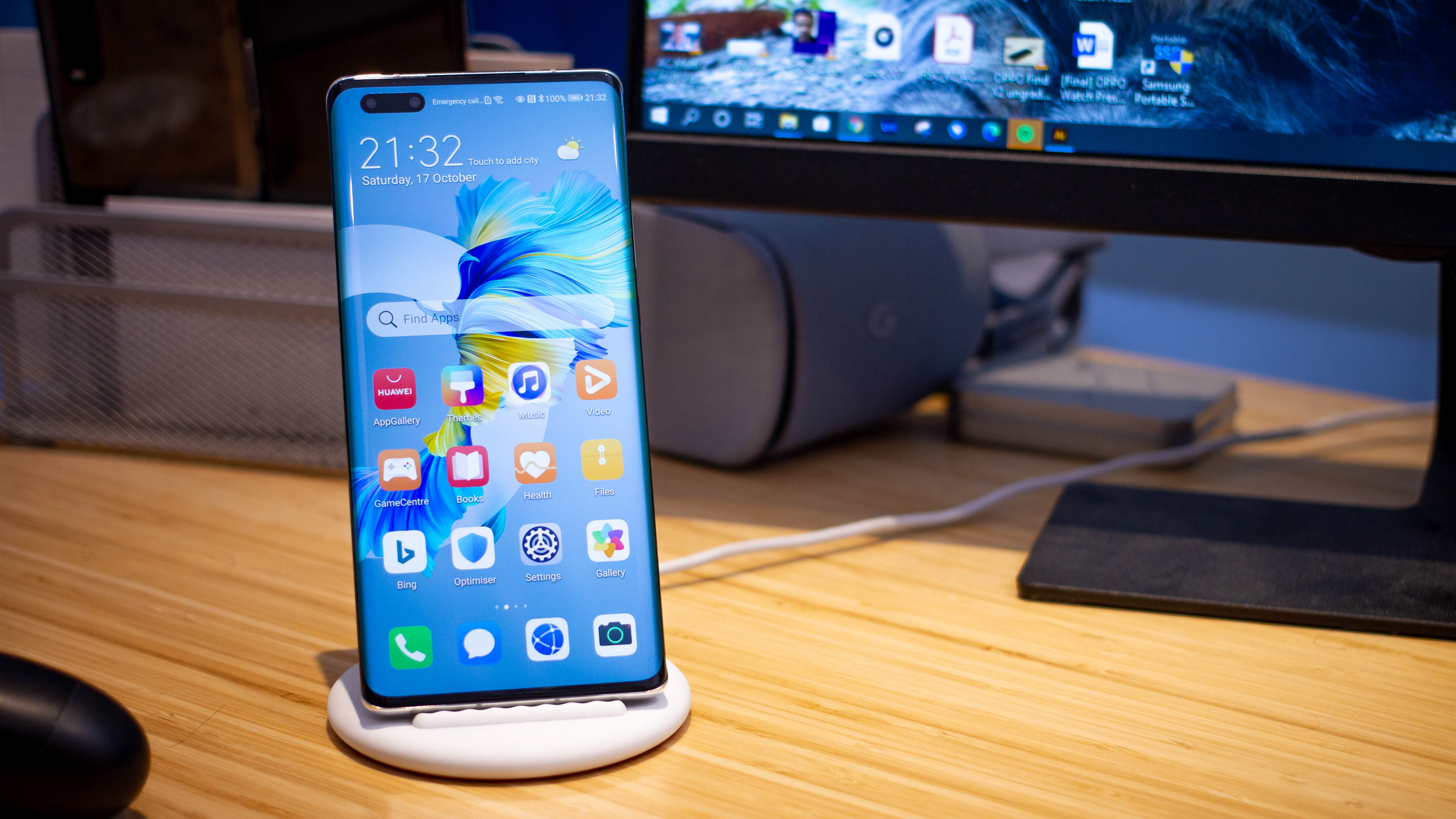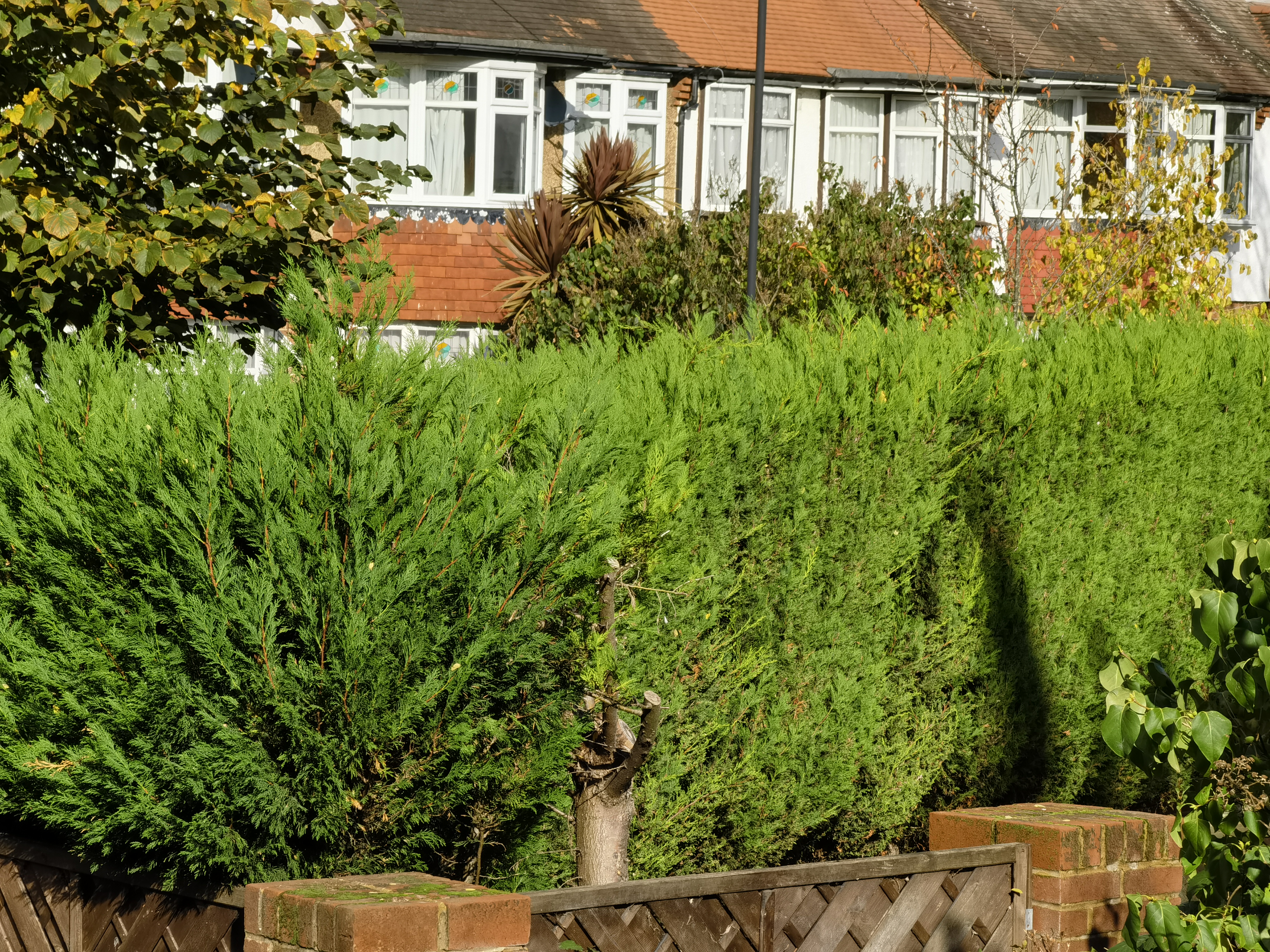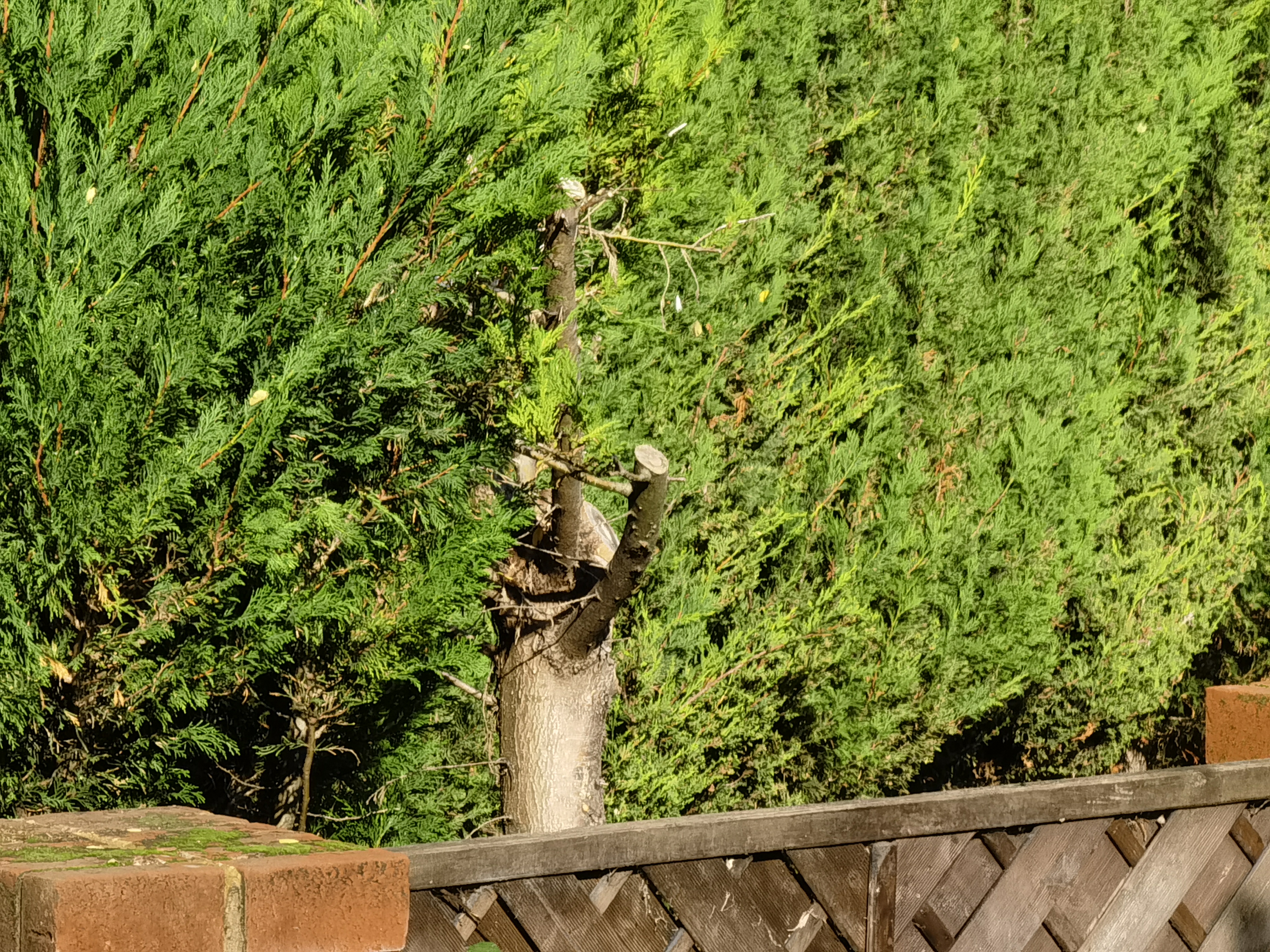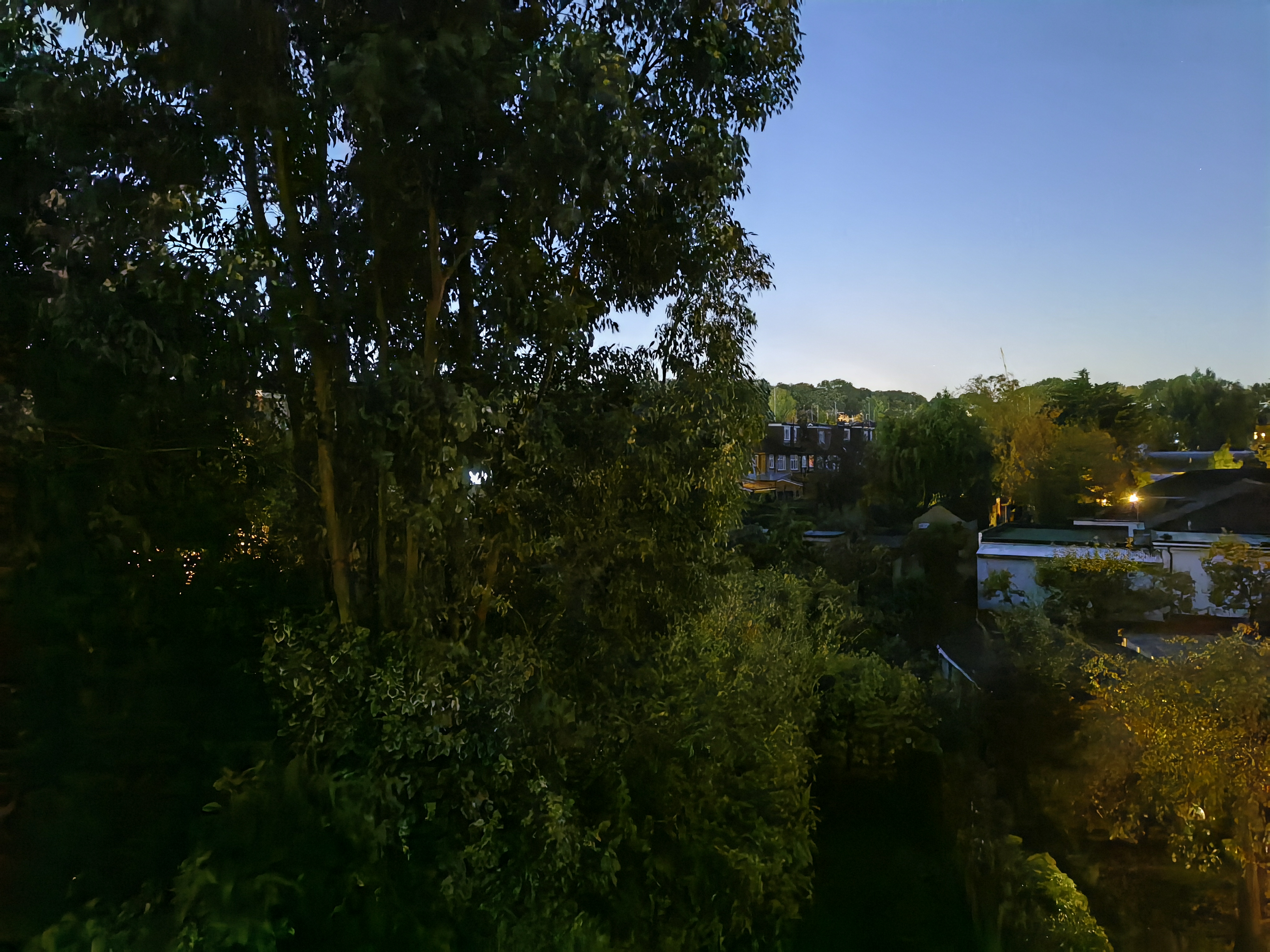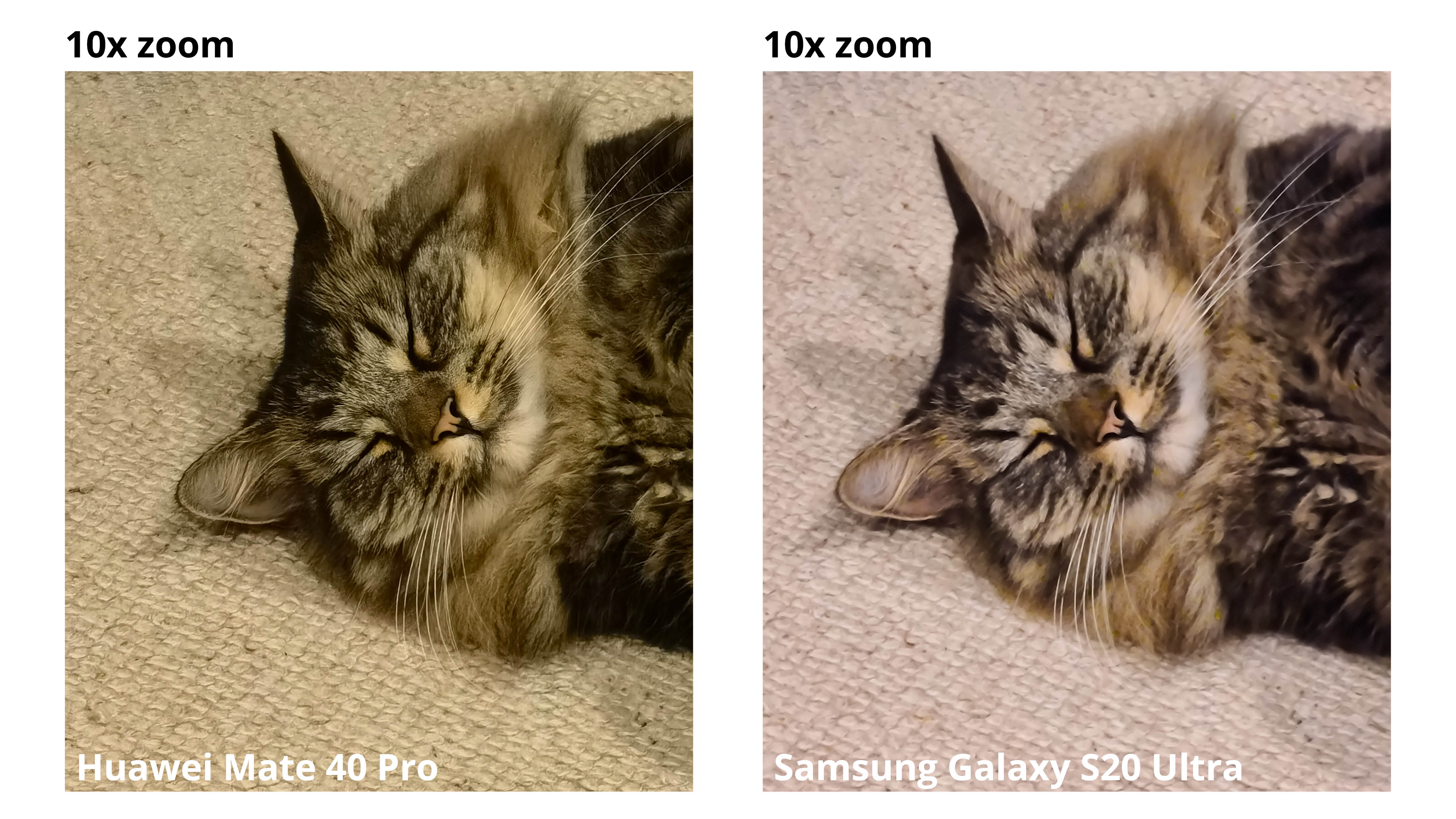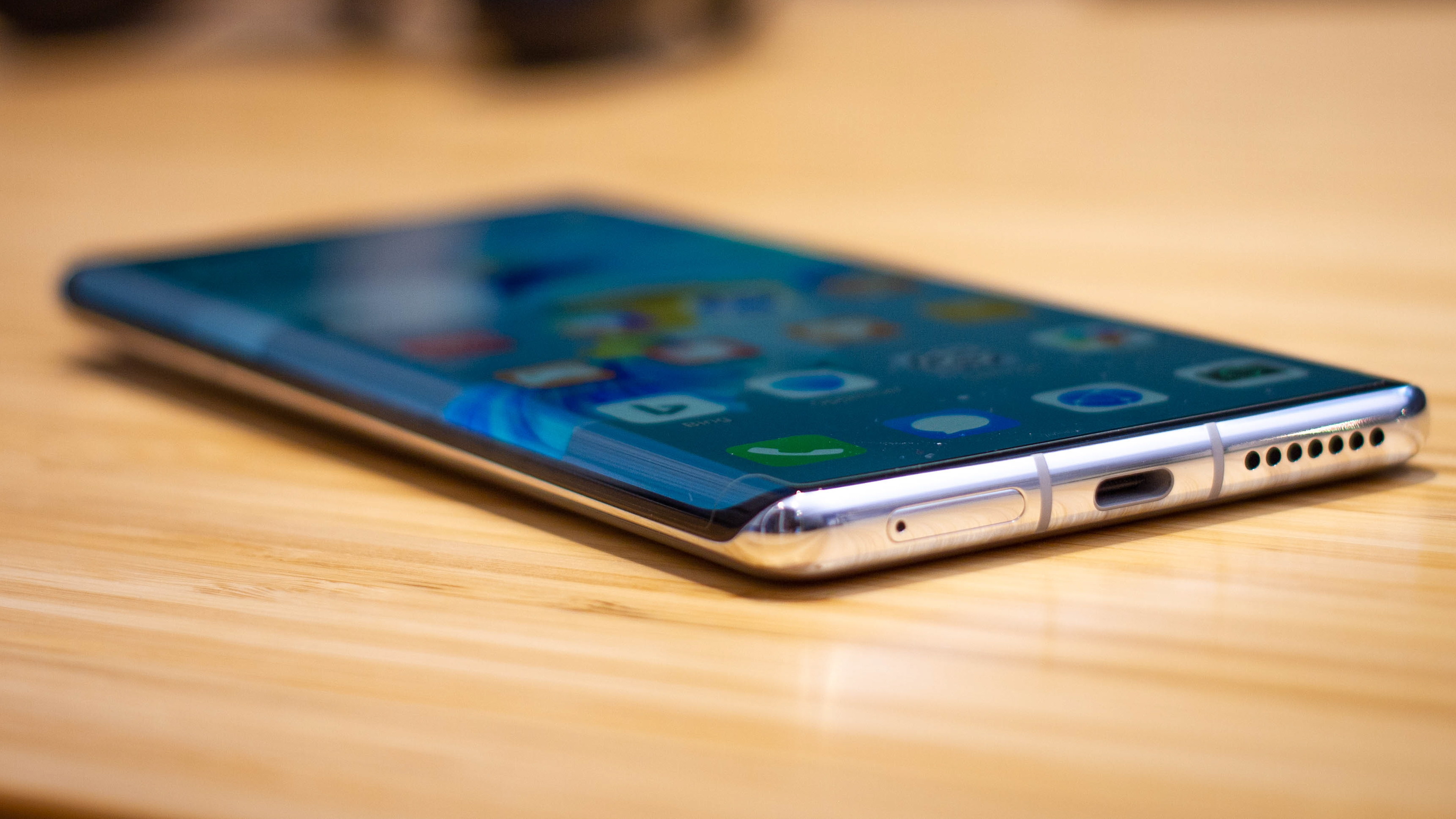Digital Camera World Verdict
We’re left with very few quibbles when it comes to the Huawei Mate 40 Pro’s camera - it’s exceptional across photography and video capture, beating out competition from Apple, Google, and Samsung. There are still software limitations around Google services, so be aware of them, but add to the mix the Mate 40 Pro’s stunning screen, brilliant speakers, and ample power - not to mention that nippy charging; mobile photography doesn’t get much better than this.
Pros
- +
Best-in-class low light photography
- +
Excellent 5x optical zoom
- +
Stable, low-noise video
Cons
- -
No Google Mobile Serivces
- -
Erratic automatic camera switching
- -
Can get warm while gaming
Why you can trust Digital Camera World
The Huawei Mate 40 Pro follows on from the success of the P40 Pro and P40 Pro Plus, arguably the two best camera phones around. With the P40 Pro introducing Sony’s incredible IMX700 1/1.28″ 50MP sensor, its low light performance, shallow depth and ample detail for a smartphone blew us away when combined with Huawei’s smart imaging software. Now, the sensor’s back for round two, this time in the Mate 40 Pro.
Combining a big screen, stereo speakers, new styling, the most powerful chipset on the Android scene, and a Leica-branded camera setup; the Mate 40 Pro is pulling out all the stops from the offset. Known for one-upping the competition, Huawei also introduces the world’s fastest wired and wireless charging in its latest flagship, as well as a huge storage capacity.
• See also Best Huawei phones
Of course, as with all Huawei phones launched in the last year, there’s no Google Play Store here, and it is felt. That said, Huawei has moved mountains fleshing out its AppGallery and creating a simple means of accessing apps outside it. A herculean, and no doubt costly effort, but has it paid off?
Design and screen
Combining a large 19:9, 6.76-inch screen size and a 2774 x 1344 resolution, the Huawei Mate 40 Pro’s OLED screen is sharper than most, with 456 pixels in every inch. It also looks striking from the front. The 88-degree curve on either side hides any bezel to the left or right. Meanwhile, a slim strip of black above and below the screen, and a dual-cutout selfie camera are the display’s only distractions.
A thick phone, the Mate 40 Pro manages to virtually match the Samsung Galaxy Note 20 Ultra’s heft, camera bump, and all. But with curves on either side and an iridescent finish around the back, it still looks and feels elegant, in a big, fancy glass and metal phone sort of way.
Huawei has brought back the volume buttons, missing from the Mate 30 Pro, and there are also new stereo speakers that sound mighty. In fact, movie buffs can rejoice at the fact Disney+, Netflix and Prime Video all work on Huawei’s latest mobile, and with that screen and those speakers, they look and sound fantastic.
The best camera deals, reviews, product advice, and unmissable photography news, direct to your inbox!
Huawei’s proven once again that it gets hardware. The Mate 40 Pro is one of the most striking phones we’ve used, and that’s before we even fire up its camera.
Cameras
Bringing back the main Ultra Vision camera module introduced by Huawei in the P40 Pro, the Mate 40 Pro features a huge 1/1.28 sensor size combined with 50MP resolution and an RYYB (red, yellow, yellow, blue) sub-pixel formation. Its 27mm focal length is a bit more punched in than some of the competition, but it still sits in the wide range.
With a 12 MP, f/3.4, 125mm periscope system, the second best camera from the P40 Pro also trickled down to the Mate 40 Pro. Complete with PDAF, OIS, and a 5x optical zoom, the Mate 40 Pro’s off to an excellent start on paper.
It isn’t all a P40 Pro rehash though. The ultrawide cine-camera on the Mate 40 Pro is brand new, and comes complete with a wide-open, f/1.8 aperture and an 18mm focal length. It’s used for video capture as well as ultrawide stills.
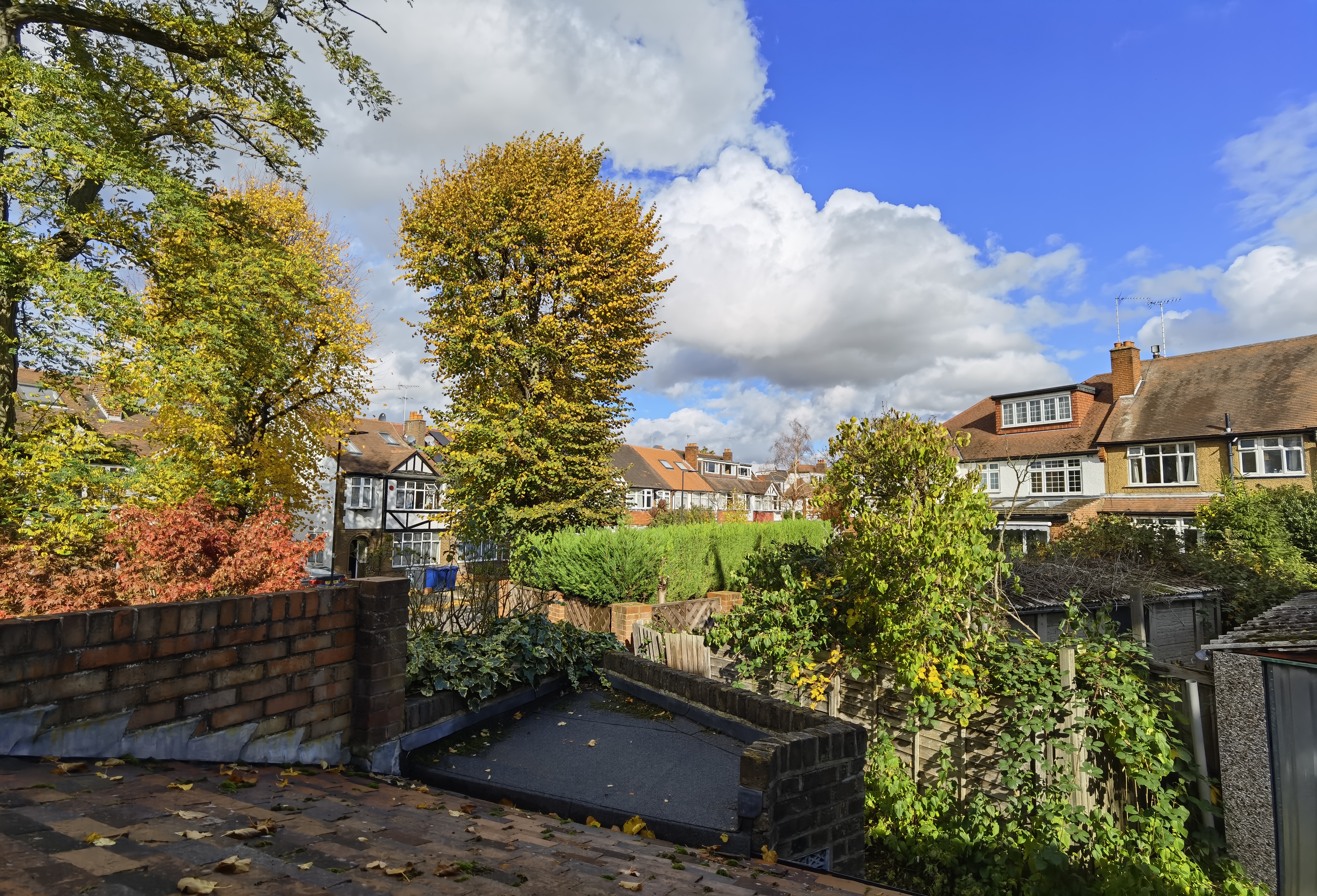
A trend we’ve been seeing more of lately in the OPPO Reno 4 Pro and the Vivo X51 5G is autofocusing, macro photography-snapping ultrawide cameras, and the Mate 40 Pro keeps up with the competition on that front too.
Huawei has retained that dual-selfie camera cutout introduced on the P40 Pro, however, it’s been shrunk a little, and switched out for a new Ultra Vision, ultrawide angle system, consisting of one 3D depth-sensing camera and one main selfie camera which doubles up as a gesture sensor.
Video is captured at up to 4K resolution, 60fps, and Huawei’s latest flagship shoots video in DCI-P3 now, grabbing about 25% more color range than SRGB.
Pro mode supports manual ISO of up to 6400, and a manual shutter of up to 30 seconds, with additional shooting modes including Slow-mo, Panorama, Monochrome, Light Painting, Time-lapse, Stickers, Documents, Dual-view, and Story Creator, as well as all the usuals.
Camera performance

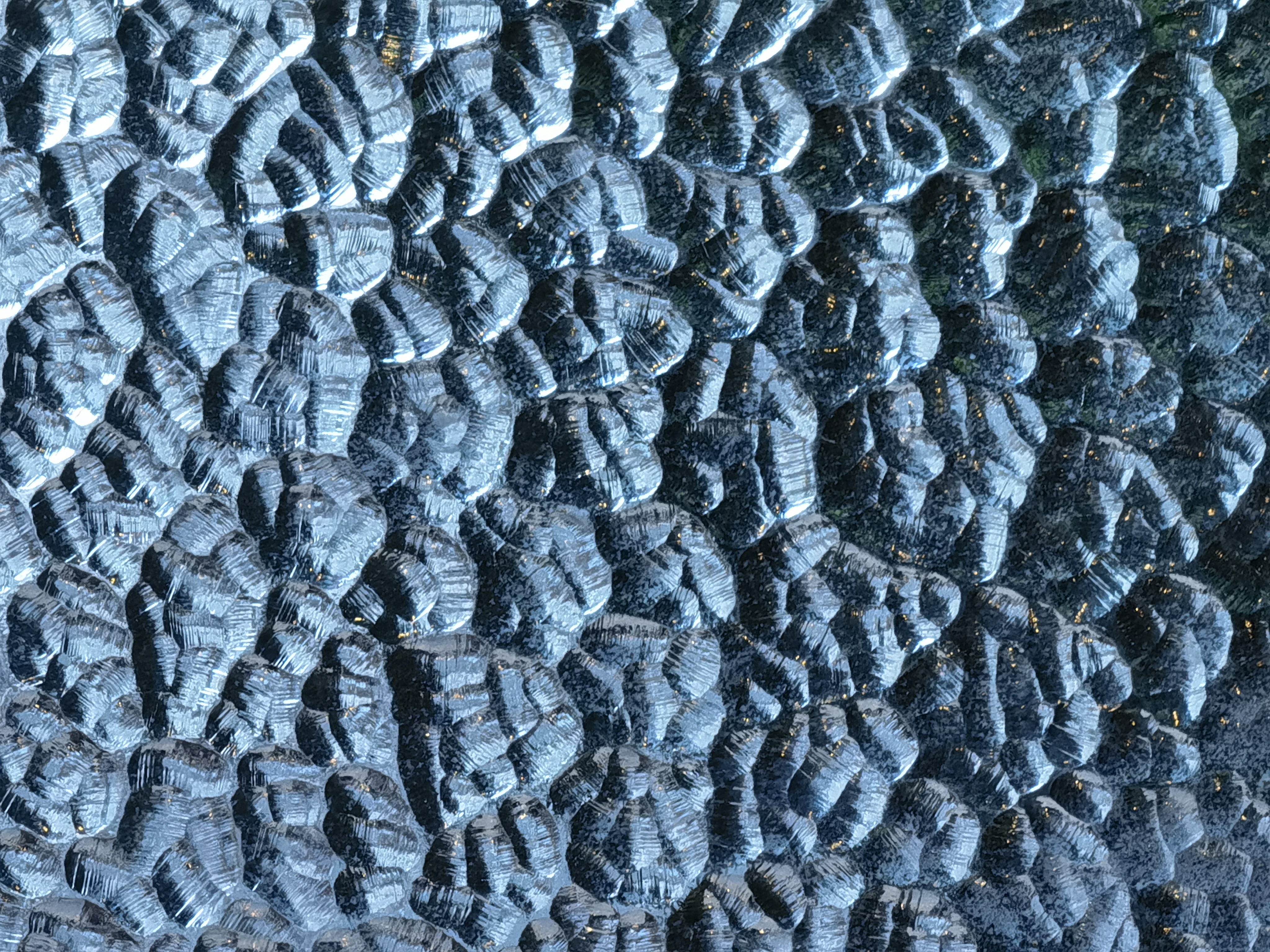
The Mate 40 Pro’s photos look virtually identical to those of the P40 Pro. Detail is excellent and it pulls up relatively shallow depth of field at up to half a meter away. The background defocusing Aperture mode is also accurate, and handy for subjects further back, with blur that can be dialed up or down after a shot is taken. Purists will cringe at the thought, but it’s a helpful tool that can pull up beautifully subtle depth, especially for more casual users.
As far as white balance and saturation go, the Mate 40 Pro’s shots are on the polished side of realistic, which makes pictures taken on its camera inviting. Automatic mode has a few layers of processing: first, there’s what you see in the live preview, and then the polishing process that happens before your eyes if you open your photo within a couple of seconds. This is similar to the processing style seen on the Google Pixel 5, and is a neat party trick that shows just how smart the software on these phones really is.
This processing combined with that big sensor also takes care of noise masterfully. In fact, Huawei has put an end to the need for a night mode in its camera phones. In automatic, the Mate 40 Pro can outperform the night modes of most of the competition, literally seeing in the dark.
With a 5x optical zoom, Huawei’s zoom is also impressive, beating out that of the S20 Ultra 5G in terms of both detail and processing. With a minimum focusing distance of around two meters, it won’t always kick in when you want it to, but when it does, it outperforms all the non-Huawei competition. In fact, the camera switching, in general, can be a touch inelegant, jumping between two a bit too often. A quick fix is to switch to Pro Mode to manually control which camera is fired up, but we’d prefer this override in automatic mode.
Video captured on the Mate 40 Pro is also noteworthy. With a new ultrawide cine camera, it’s better able to handle noise than its predecessor and shoots with less jagged edges and micro judders. Also impressive is the stabilization and the shallow depth of field video pulls out. The Mate 30 Pro can’t handle dark scenes - no camera phone has cracked that nut, but low light footage is still perfectly sharable and amongst the best out there.
Huawei Mate 40 Pro: Additional specs
Powered by a Kirin 9000 chipset paired with 8GB RAM, there’s ample power here for a smooth, stable experience, and coupled with the 90Hz screen, the Mate 40 Pro just feels fast.
Running Android 10, with Emotion UI 11 (Huawei’s customized UI experience), the Mate 40 Pro is a mixed bag. Of course, the lack of Google services is a pain. Anyone bought into the search giant’s ecosystem will feel handicapped, especially at first. That said, we managed to find workarounds for most things. Google Meet, for example, works through a web browser in Desktop View, as does Google Drive. The only Google mountains we weren’t able to traverse successfully were Google Docs, syncing Google Calendar with the system calendar of the phone, Google payments, WhatsApp backups, and cross-device game saves.
Nevertheless, with the AppGallery combined with Petal Search, Huawei’s third-party apps finding tool, we found all the non-Google apps we needed, including Lightroom for Mobile, Creative Cloud, Audible, Disney Plus, Netflix and more. Even Google favorites like Maps and Chrome work, you just can’t sync them with your Google account.
With 256GB storage, it’s unlikely you’ll be running out of space on the Mate 40 Pro, but if you do, Nano Memory Card expansion should help. Rounding off, with a 4400mAh battery, which charges at up to 66W wired, and 50W wireless, you’ll easily make it through a full day on the Mate 40 Pro, and if you need a quick top-up, you can expect a full charge in around 40 minutes.
Huawei Mate 40 Pro: Verdict
It’s been painful for mobile photography fans sitting on the sideline waiting to see what happens with Huawei smartphones. The Chinese tech giant is producing the best camera phones you can buy, and has been consistently doing so throughout 2020.
Huawei’s latest, the Mate 40 Pro shows just how dogged Huawei can be. It upholds the highest standards with its photography and video capabilities while pushing through from a software point of view to deliver Huawei’s best Google-free experience to date. The mere notion that any company could build a software ecosystem to substitute Google’s from the ground up seemed like lunacy when the ban was made public, but two years on, and Huawei isn’t too far off succeeding.
As a camera phone, therefore, the Mate 40 Pro is unparalleled by all but the P40 Pro Plus, making it one of the best camera phones of 2020. As a smartphone, it manages to deliver an excellent experience, until you need to reach for a Google app or service. For photo enthusiasts, this will be a compromise worth making, after all, the camera is that good.
Read more:
• Best camera phone in 2020
• Best budget camera phones
• Best iPhone for photography
• Best burner phone
• Best 5G phone
• Best phablets
• Best flip phones
• Best phablets
Basil Kronfli is a freelance technology journalist, consultant, and content creator. He trained in graphic design and started his career at Canon Europe before moving into journalism. Basil is also experienced in video production, independently running the YouTube channel TechEdit, and during his time at Future, he worked alongside the Digital Camera World team as a senior video producer.

